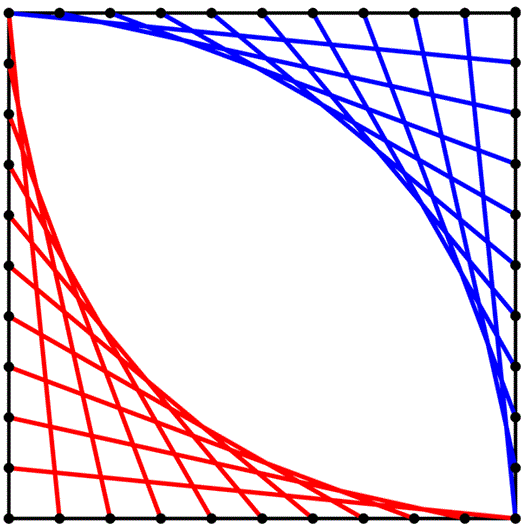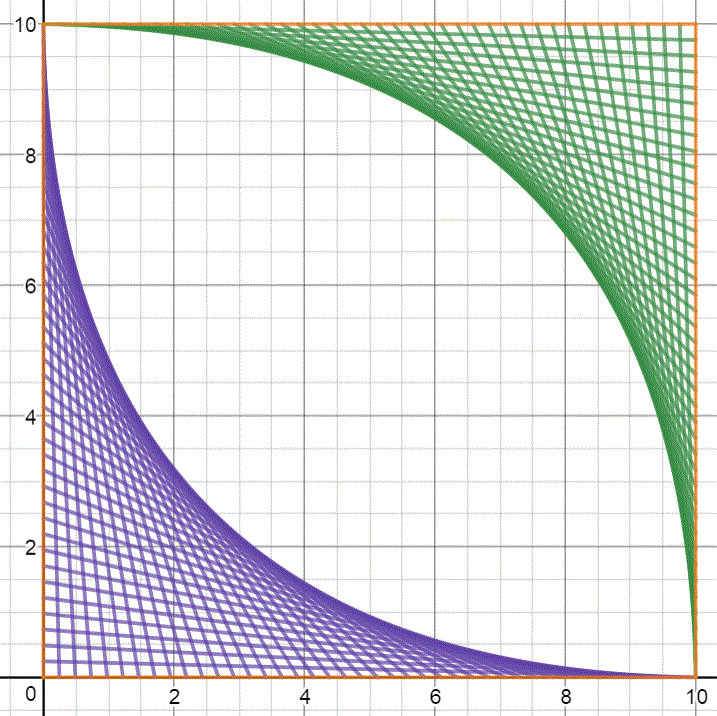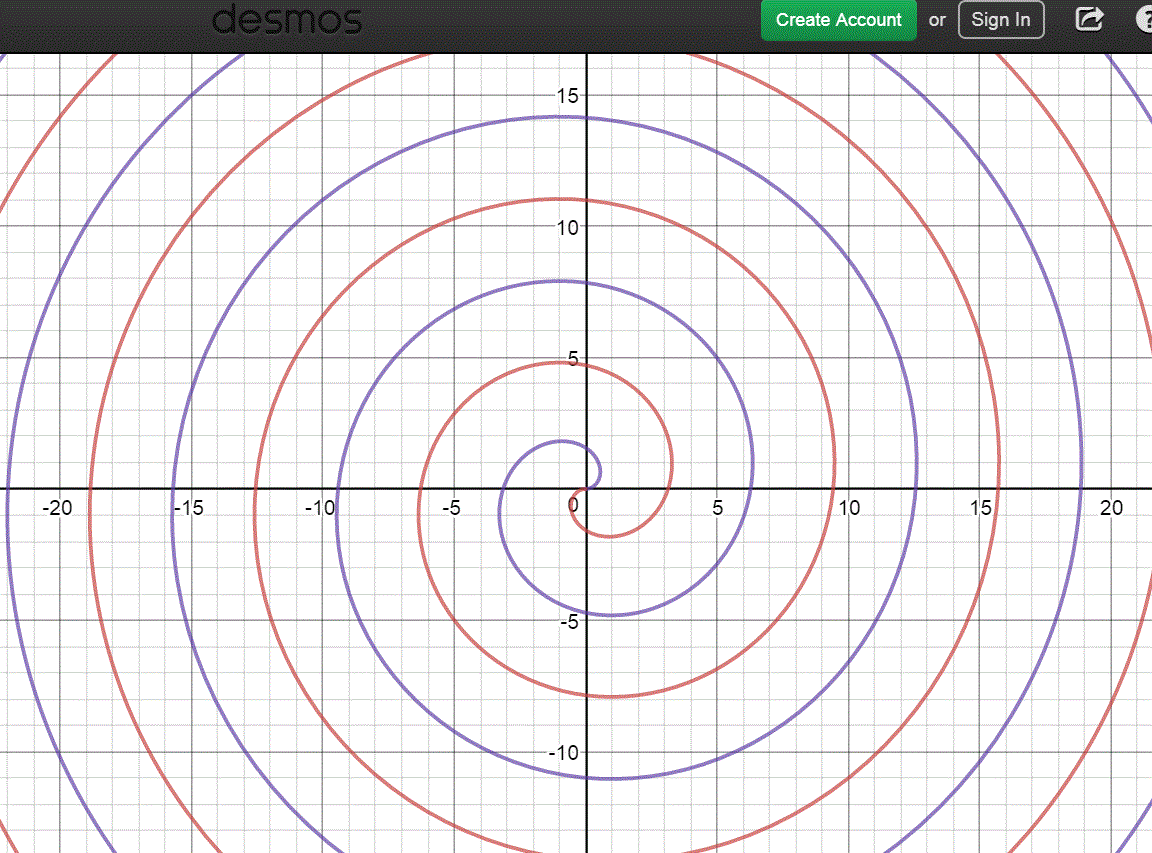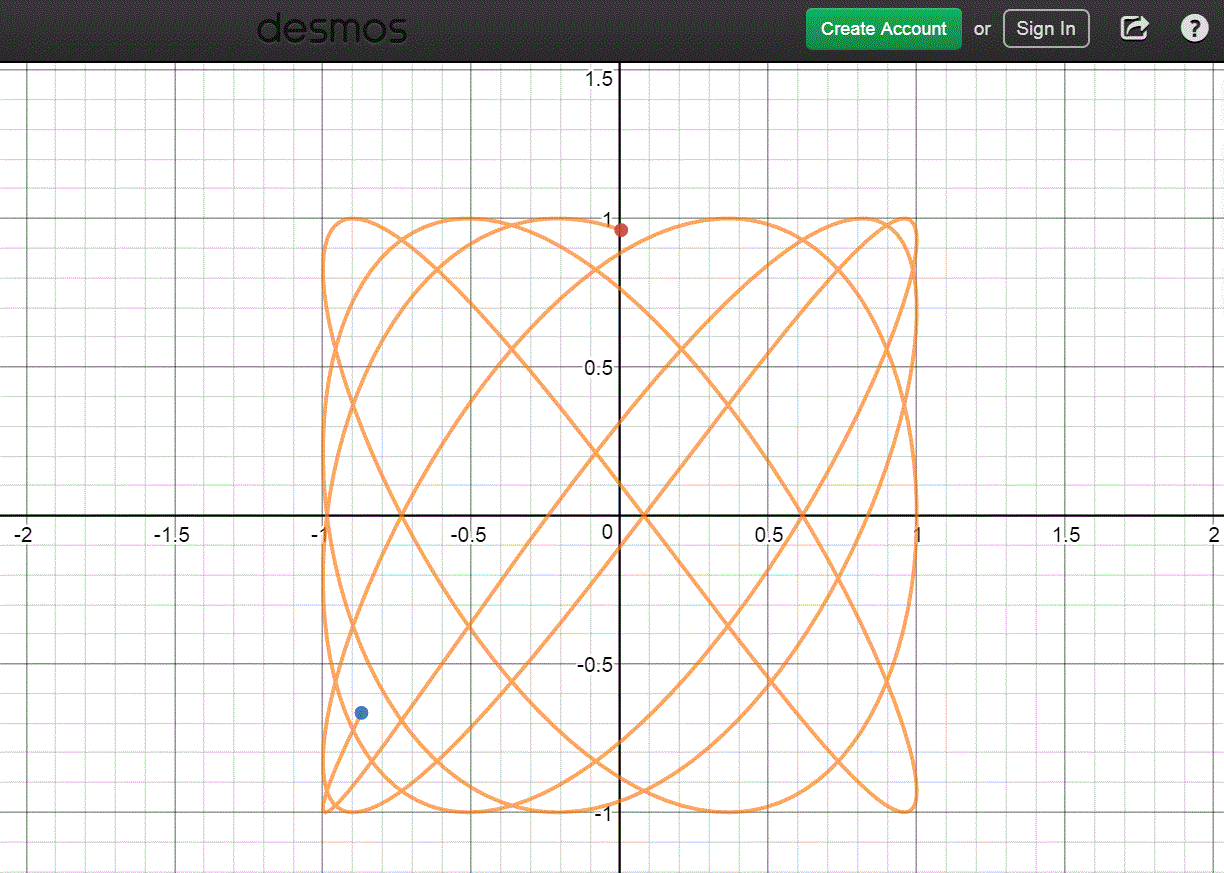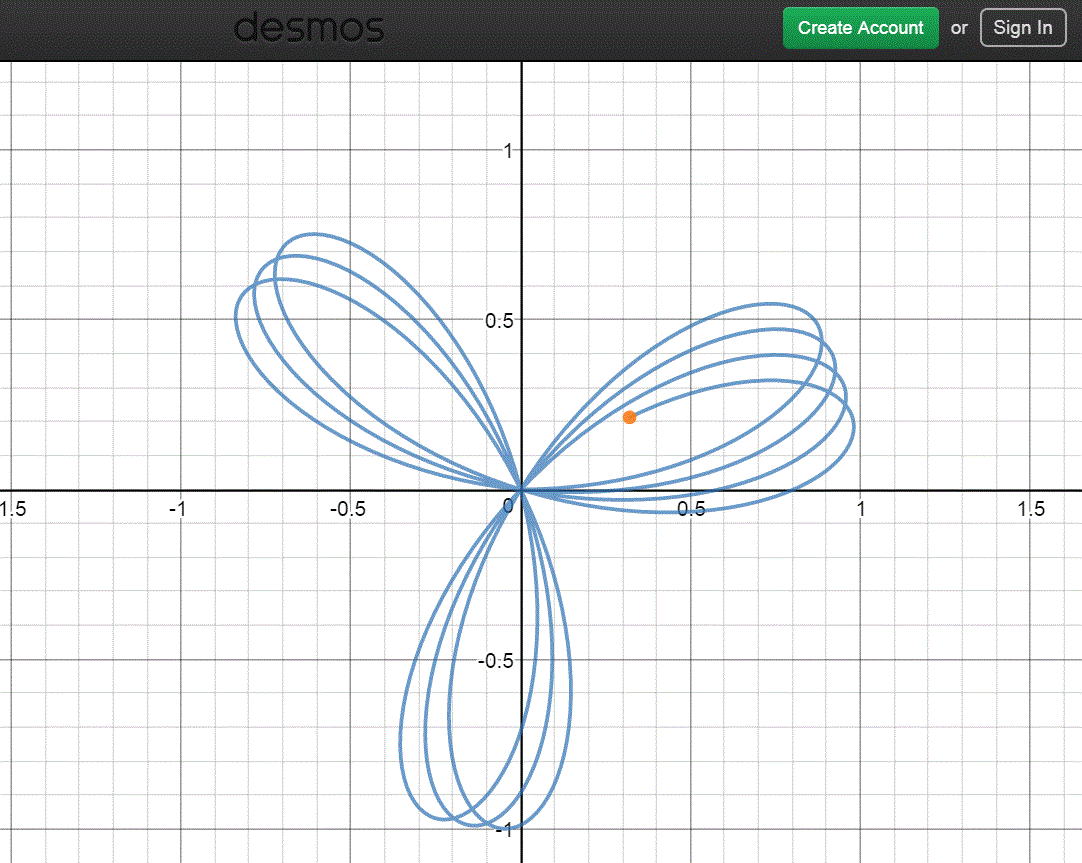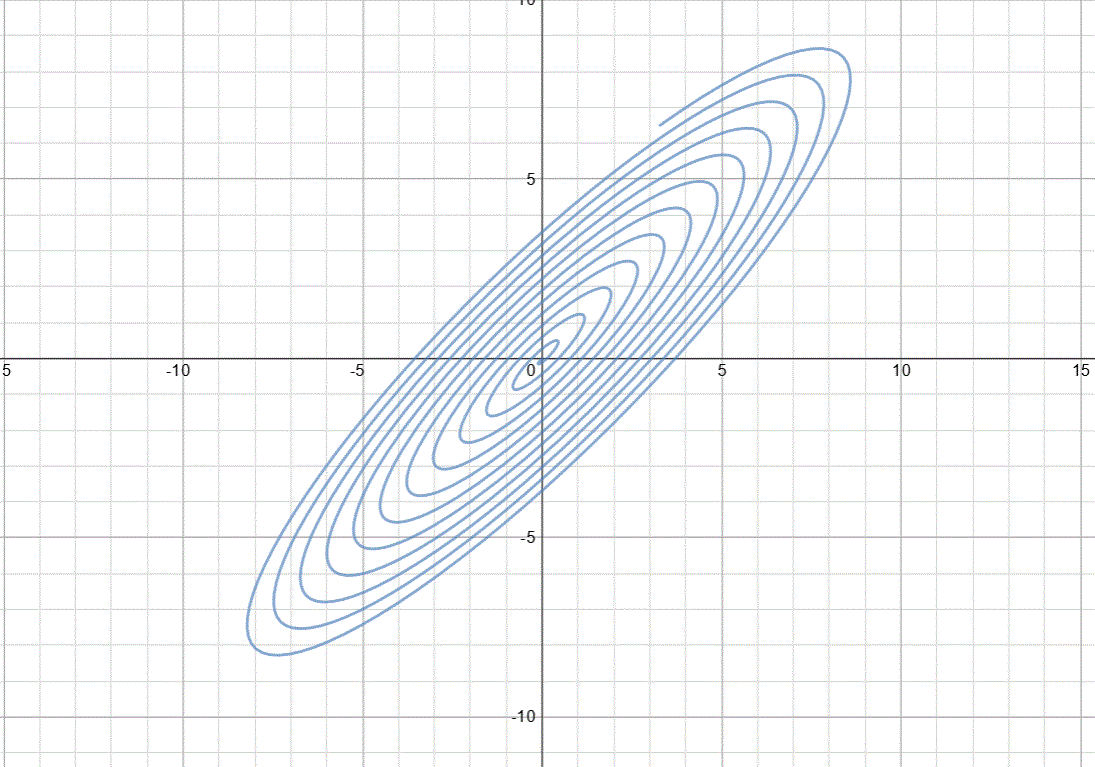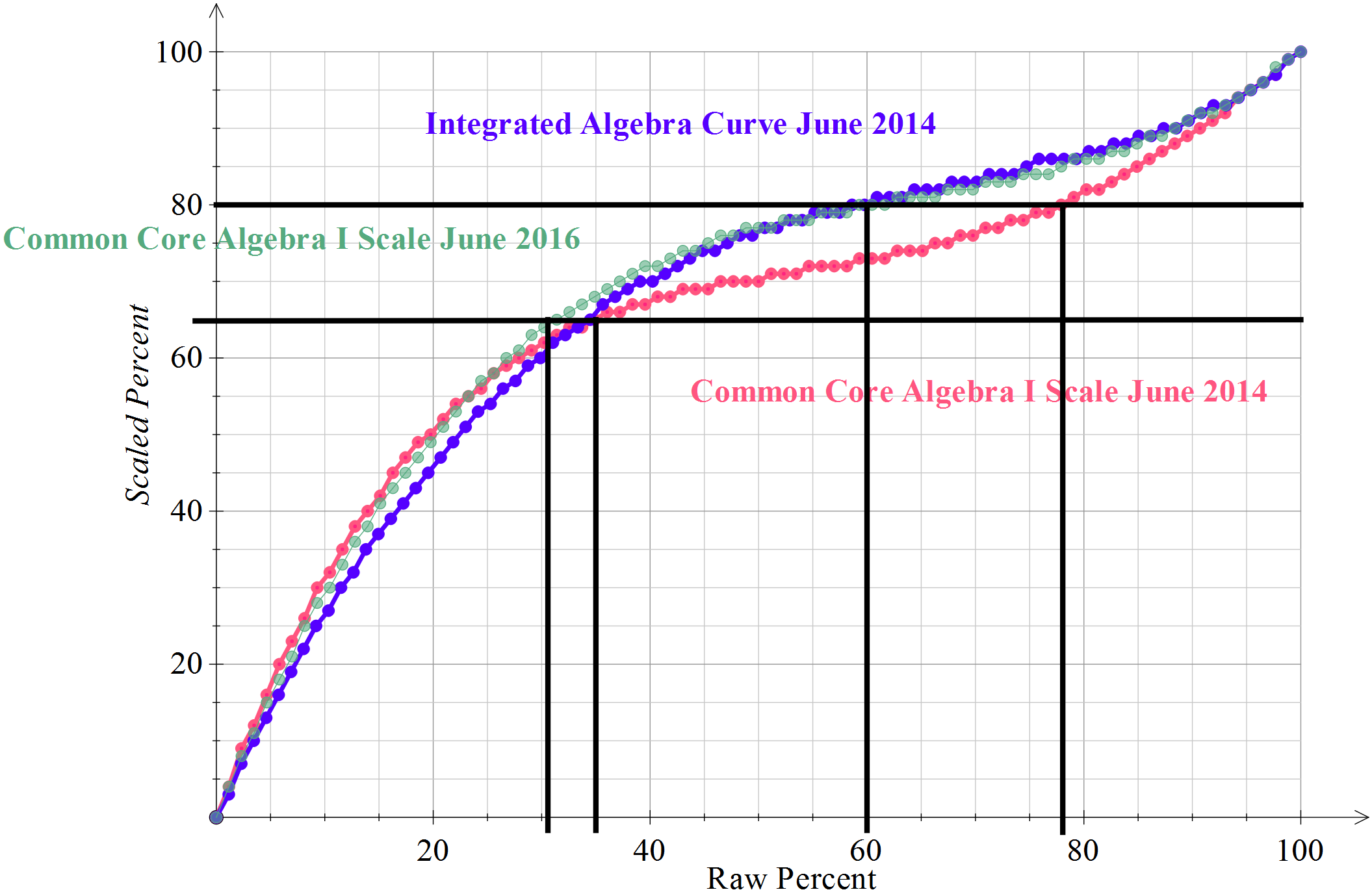eMath November 2018 Newsletter
I can’t figure out if it is mid-November or mid-January. It’s 30 degrees outside and we are expecting to receive 3 to 8 inches of snow and ice tonight. Too cold, by far, for this year. But, here’s a little Koch Snowflake to celebrate the impending storm:
Things are warming up at eMATHinstruction as we post a new round of add-ons and work on a whole new trilogy of books (more on that in December). With that teaser out of the way, let’s talk about the add-ons for the month.
For Common Core Algebra I Add-Ons this month we bring you two of our Form C assessments. We now have Unit 3 (Functions) and Unit 4 (Linear Functions) Form C Assessments available. As we mention most months, these assessments mirror the first two (Forms A and B) and so can be used for various periods, makeups, etcetera. We likely will keep adding these year after year in order for teachers to have a great back supply of tests and questions to pull from.
In our Common Core Geometry Add-Ons we have more Geometry proofs and a Form B assessment. In Unit 3 we bring you some extra practice on Additional Triangle Proof Day 2. This worksheet has practice writing longer proofs that involve both CPCTC (how could they not?) and partitioning. Not our students’ favorite proofs, but good to practice just in case. We also bring you the Form B of the Unit 5 Assessment (The Tools of Coordinate Geometry).
Common Core Algebra II Add-Ons bring you two additional assessments for Unit 4. First, we have a Form B of the Unit 4 Mid-Unit Quiz. Unit 4 is our lengthy unit on Exponential and Logarithmic Functions. The quiz should be given after Lesson 7. We also bring you the Form C of the Formative Assessment for Unit 4.
Finally our Algebra 2 with Trigonometry Add-Ons include an enrichment lesson and a full unit quiz, both for Unit 5. First we bring you Lesson 5.5 on the Discriminant of a Quadratic. This is a great enrichment activity that is particularly good for advanced/honors students who are comfortable with their algebra. It looks at the connections between the solutions to linear-quadratic systems and the values of the discriminant of the systems. We also bring you a Form B for the full unit quiz for Unit 5.
In other eMath news, we attended the AMTNYS (Association of Teachers of New York State) Annual Conference in Saratoga Springs, New York, recently. We got to speak to so many great teachers there. A shout-out to all of you that stopped by our booth, chatted with us, and shared some of your stories. Thank you also to all of the exceptionally hard working teachers at this conference that give talks that share your classroom work and great ideas. Finally, the largest recognition should go out to those who organize the conference, i.e. the officers and other members of AMTNYS. All of these folks are full time teachers and volunteers who spend countless hours of work to put on a this conference. They don’t get recognized for this work and know they won’t, but do it anyway because it helps improve math education for all New York students. If that doesn’t epitomize what it means to be a teacher, I don’t know what does. I tip my hat to you all!
Thanksgiving Break is soon upon us (and early this year). Enjoy the long weekend. May it be filled with family, food, and relaxation!!! -Kirk



